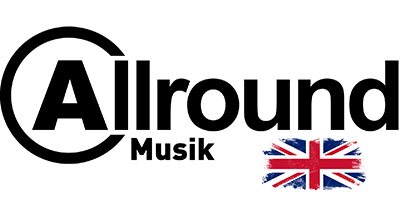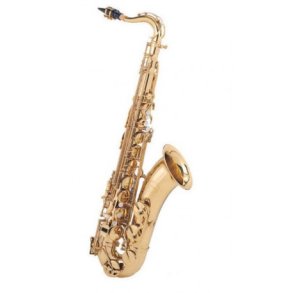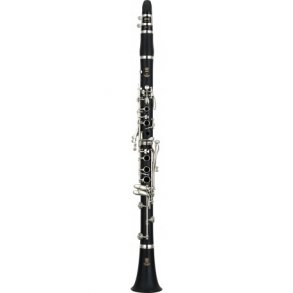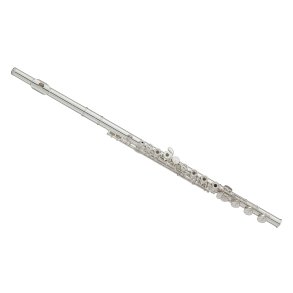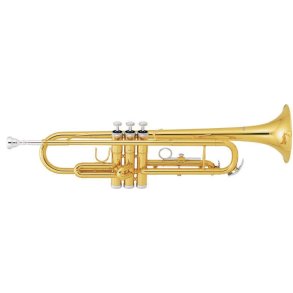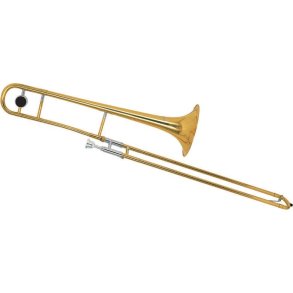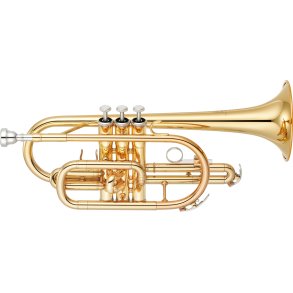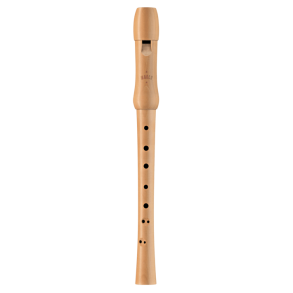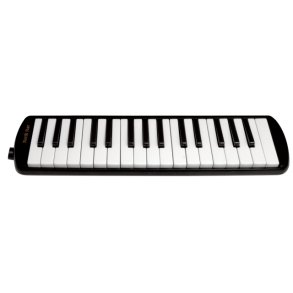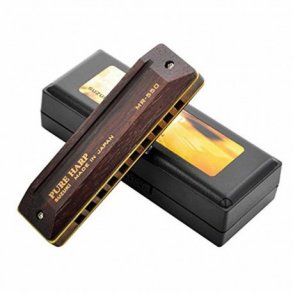
Wind instruments
Wind instruments have a long tradition and history. What they all have in common is that they make a sound when you blow into them - and the tone is controlled with your fingers. Playing a wind instrument requires good form. As a bonus, you automatically train your lung capacity.

There are so many different wind instruments available. From the largest tuba to the smallest recorder. But the three most popular wind instruments are probably the saxophone, trumpet and clarinet.
The trumpet
The trumpet is probably the most classic wind instrument and its history goes back a long way. The trumpet had its first heyday as a symbol of power for princes and kings in the 16th century (if we count trumpet-like instruments) and has since been used as a signaling instrument in the military. But it wasn't until the 19th century that we saw the trumpet we know today with a cylindrical bore and valve system.
The saxophone
The saxophone takes its name from the inventor of the instrument Adolphe Sax, who in 1864 built the four types of saxophones we know today: soprano, alto, tenor and baritone saxophone. By the 1920s, the saxophone was already a fashionable instrument in jazz music.
The clarinet
The clarinet has existed in various forms since 1690, but it wasn't until 1839 that the last significant changes were made to the instrument, resulting in the clarinet we know today, complete with stop keys and the entire minor key.
